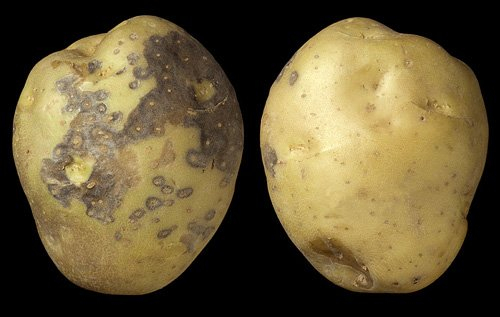Colletotrichum coccodes is a fungal disease that attacks numerous crops, including tomatoes, peppers, and beans, causing significant yield losses worldwide. This article will explore the latest data on the disease’s prevalence, development, and consequences, and offer practical tips on how farmers, agronomists, agricultural engineers, and farm owners can optimize their prevention and management strategies.
Colletotrichum coccodes is a major threat to global agriculture. According to recent studies, this fungal pathogen can cause yield losses of up to 70% in tomato crops alone. Moreover, the pathogen can survive in the soil for up to three years, making it particularly challenging to manage.
To fight Colletotrichum coccodes, a combination of preventive and curative measures is necessary. Crop rotation, seed treatment, and sanitation practices can help prevent the spread of the disease, while fungicides, biological agents, and resistant cultivars can provide effective management options.
Recent research has also shown promising results in using natural compounds, such as chitosan and essential oils, to control Colletotrichum coccodes without harming the environment or human health. Furthermore, precision farming technologies, such as remote sensing and machine learning, can aid in early disease detection and accurate decision-making.
In conclusion, Colletotrichum coccodes is a serious threat to crop production, but with the latest data, science, and technology, farmers and agriculture professionals have a range of effective options to prevent and manage the disease. By adopting an integrated and sustainable approach, we can protect our crops, boost our yield, and secure our food supply for the future.
#Colletotrichum coccodes #fungal disease #crop production #prevention #management #precision farming #sustainability








